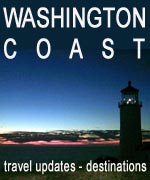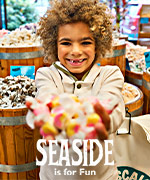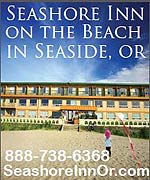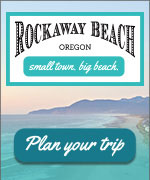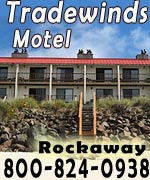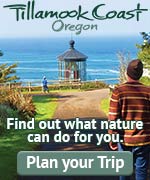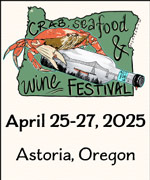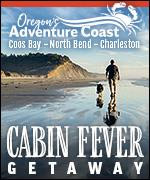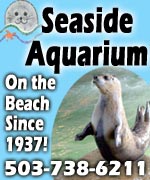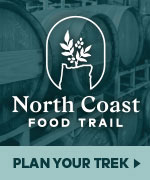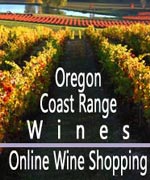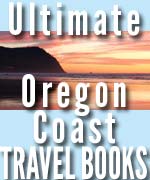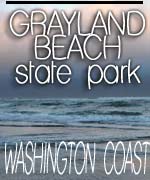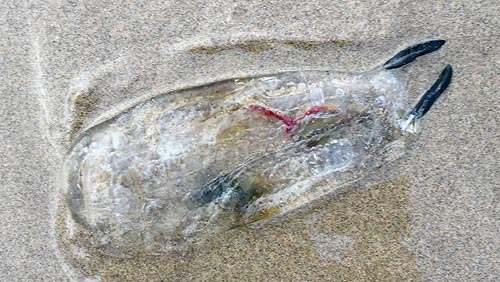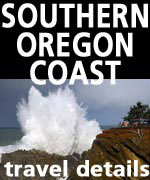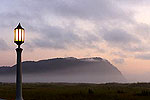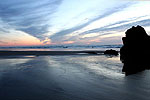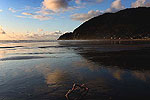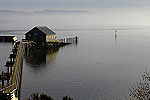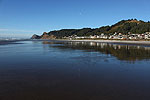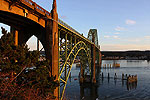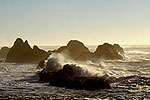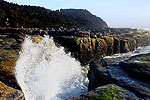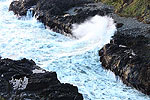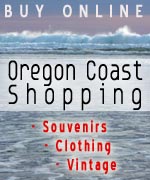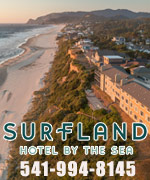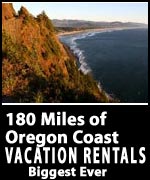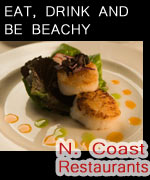A Rundown of Jelly-Like Salps of Oregon, Washington Coasts
Published 04/01/21 at 5:55 AM PDT
By Oregon Coast Beach Connection staff

(Manzanita, Oregon) – There’s a lot of translucent things lying around Oregon and Washington beaches. Stuff that looks like jellyfish, but may or may not be so. Any beach on the Oregon coast or Washington coastline can produce these at any minute, and sometimes in enormous expanses of a goo-covered beach. (All photos courtesy Seaside Aquarium. Above: the aquarium took a photo of a salp found on the beach on a backlit background)
One of the things that really looks like a kind of jellyfish is actually a salp: it’s sort’a see-through, it’s blobby, it’s gelatinous in a way, but most of all it is not a jellyfish.
Includes exclusive listings; some specials in winter
In Cannon Beach:
Includes rentals not listed anywhere else
In Manzanita, Wheeler, Rockaway Beach:
Some specials for winter
In Pacific City, Oceanside:
Some specials for winter
In Lincoln City:
Some specials for winter
In Depoe Bay, Gleneden Beach:
Some specials for winter
In Newport:
Look for some specials
In Waldport
Some specials for winter
In Yachats, Florence
Some specials for winter
Southern Oregon Coast Hotels / Lodgings
Reedsport to Brookings, places to stay; winter deals
However, many kinds of jellyfish that wash up the Washington coast or Oregon coast do indeed look salp-like, and vice versa. Then there’s other little jellyfish-like critters, such as velella velella, which are something altogether different.
How to tell a salp from anything else? First, a jellyfish will have tentacles visible in one way or another, and they are more see-through than a salp. A salp is typified by a blob-like, largely featureless appearance, and it’s a cloudier kind of translucent – in general. Although some salps are definitely easier to see into, there is a kind of criss-cross pattern to some, or as in the case of the Thetys vagina salp pictured below, it’s got blob-like shapes inside.
Jellyfish retain a roundish appearance – some even look like coffee cup lids.
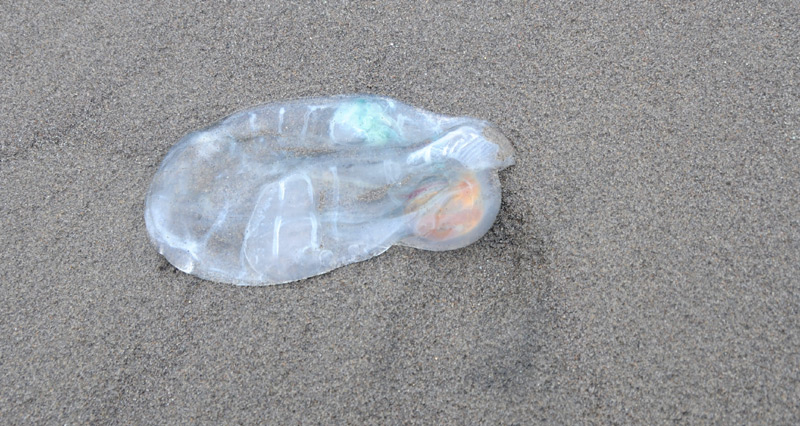
The salp known as Thetys vagina
According to Tiffany Boothe of Seaside Aquarium, there’s a lot of different kinds on the Washington coast or Oregon coast, but you mostly see three types.
“I know of 10 different species but there may be more,” she said. “I believe worldwide there are 50 species, 24 on the west coast, but most like warmer waters.”
“The most notable is Thetys vagina, mainly because of its large size which can be just over a foot long. The next two would be Salpa maxima and Salpa fusiformis. A keen eye observer may also come across Thalia democratica but this is a much smaller salp, only reaching about a half inch.”
To add more confusion, sometimes you may see tiny bubbles at the tideline that look out of place: those are comb jellies, sort of a jellyfish.
Boothe said Maxima gets up to 12 inches in length.
“They occur as either individuals or a connected colony,” she said. “The purple projections act kind of as a rudder.”

Sometimes salps are found still alive. Here, the aquarium put a Thalia democratica in a tank, making for a graceful, alien presence.
In their colonial state, Thetys salps don't have those rudders. Salps – just like the freaky pryosome form of salp found in recent years – can form colonies that are comprised of dozens to hundreds of them, reaching several yards long. Even more dramatic, they do this by cloning themselves: replicating dozens of versions of themselves and then forming that chain. This happens at one stage of the creature's life, and then single bodies eventually start breaking away.
Salps are filter feeders, able to filter up to 2.5 liters of water per hour, Boothe said. They eat plankton this way.
Boothe said salps are related to a jellyfish, although it genetically has more in common with fish and people than with jellies. Salps are palaegic, meaning they drift along in the ocean. Then under the right conditions, west winds send them onto beaches of the Washington and Oregon coasts.
“Salps are amazing animals, though in appearance they resemble jellyfish, they are more closely related to fish,” she said. “In order to understand the salp you must first understand the tunicate. Tunicates belong to the same phylum as vertebrates. Though as adults they do not have a backbone, developing larvae posses a tail, a dorsal nerve cord, and a dorsal stiffening structure (not composed of bone) called the notochord. Because of this tunicates are thought to be more closely related to vertebrates such as fish and people.”
That’s right: we’re related to this goofy little guys. Talk about strange relatives.
Oregon Coast Hotels for this - South Coast Hotels - Where to eat - Maps - Virtual Tours
Cannon Beach Lodging
Nehalem Bay Lodgings
Manzanita Hotels, Lodging
Three Capes Lodging
Pacific City Hotels, Lodging
Lincoln City Lodging
Depoe Bay Lodging
Newport Lodging
Waldport Lodging
Yachats Lodging
Oregon Coast Vacation Rentals
Oregon Coast Lodging Specials

Salpa Maxima
More About Oregon Coast hotels, lodging.....
More About Oregon Coast Restaurants, Dining.....
LATEST Related Oregon Coast Articles
Keep an eye on road issues, traffic, only available detours
Salem, Oregon Traffic, Road Conditions - Traffic Cams: I-5 - Hwy 22 - ORE 221...
I-5 - Hwy 22 - ORE 221 - Willamette Valley - West Salem - Downtown Salem - Lancaster Dr Traffic. Weather cams
US Coast Guard Rescues Oregon Coast Whale Watch Vessel Disabled at Newport
The Discovery tour boat had 49 people aboard. Weather
Eugene, Oregon - Springfield Weather and Alerts | Current Conditions, Cams | ...
Weather updates and live cams for Eugene and Springfield
Bomb Found in Backpack at Sunset Beach on N. Oregon Coast
No other devices were found on the coast. Sciences
Equinox Along Oregon, Washington, Coast: Say Goodbye to Summer, Saturn's Rings
Fall begins as Saturn's go flat to our view. Astronomy. Sciences
N. Oregon Coast Rescue: Girl Resuscitated on Seaside Beach, Hospitalized
Two young adults were briefly missing in the surf, 24 hrs after Yachats tragedy. Beach safety
Man Drowns at Central Oregon Coast's Thor's Well, Near Yachats
The man fell into the infamously dangerous watery hole and died. Safety, weather
Back to Oregon Coast
Contact Advertise on BeachConnection.net
All Content, unless otherwise attributed, copyright BeachConnection.net Unauthorized use or publication is not permitted





